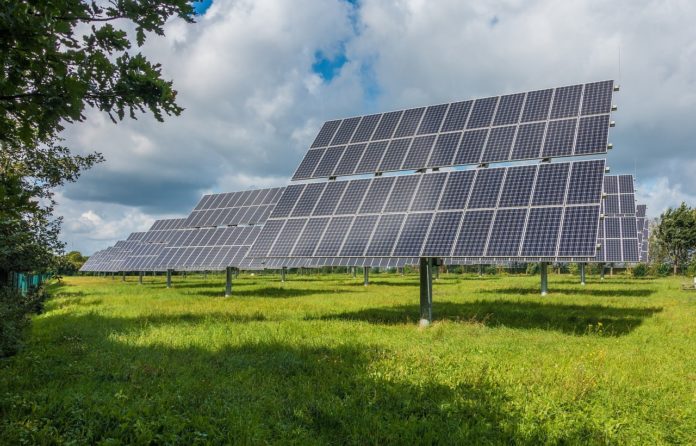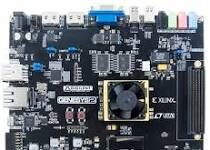As more and more countries legalize the usage of marijuana, the need to sustain the plant’s environmental requirements also continues to grow. Although legalization also means that planters can start transferring their cannabis outdoors, many also need to consider that there are months that cannot provide the required amount of sunlight for proper plant growth.
Understanding The Need For Continuous Light Sources
Growing cannabis can be a tedious task. Contrary to what most people think, marijuana is not a plant you can quickly develop and nurture in a few days. Also, if manufacturers want to produce the top Sativa strain, it may take more than just deciding to plant seeds outdoors (try this source to know more about Sativa strain). To better understand the needs of marijuana, here’s an overview of what it needs to deliver goods to its clients:
The Three Stages Of Cannabis
- Seeds: need at least twenty-four hours of continuous light at approximately four weeks before it reaches the vegetative state.
- Vegetative state: the plant grows stems and leaves; it needs 18 hours of sunlight per day at approximately five weeks.
- The flowering state needs twelve hours of sunlight per day to induce its circadian response, which lasts for sixty days.
Also read: Sun Nxt Coupon Codes 2019- 2020 One Month Free Subscription
Manufacturers Facing The Paradox Of Cannabis Planting
In line with the requirements mentioned above for marijuana plantations, if a manufacturer decides to grow them indoors, it can take up a massive amount of electricity. According to a 2012 study conducted by Evan Mills, indoor cultivation of 1 kilogram of marijuana can use up to 4,600 kg of carbon dioxide emissions, which is equivalent to a total of three million cars in the United States. Mills also compared indoor marijuana grow rooms to a data center in terms of power density usage.
Also, in a 2014 report released by the Northwest Power and Conservation Council, the growth of four cannabis plants can use up electricity as much as twenty-nine refrigerators. Because of this, cannabis growers are starting to look for alternatives that can provide ample sources of sunlight without putting a hole through their pockets. Although growing outdoors is the simple, fast solution, manufacturers frown upon the idea of not being able to control several environmental factors that can affect the plant’s growth, such as:
- Air conditioning: these help in the control of temperatures that marijuana needs to grow. Some countries don’t have access to sunlight all year long.
- Dehumidification systems are for the regularization of climates. Marijuana produces water vapor while growing. A humid environment promotes mold development that destroys cannabis plants.
- Artificial lighting: mimics natural sunlight.
- Irrigation systems plus carbon dioxide inclusion systems: help sustain the plants indoors.
Also read: 20 Most Amazing SolarMovie Alternatives in 2019-2020
The Rise Of Solar Panel Usage Among Manufacturers
Luckily, thanks to technological advancements in the marijuana industry, growers can now turn to solar panels if they want to sustain a plantation without excessive usage of electricity. Photovoltaic solar panels accumulate solar energy and convert it to be able to give power to the different systems that help the plants thrive. A solar system is a crucial consideration, especially for states and districts that have allowed cannabis usage:
- Washington, D.C.
- Nevada
- Oregon
- Washington
- Maine
- Colorado
- Alaska
- California
- Massachusetts
Although outdoor plantations can be a solution for some of the mentioned states, it only works for California. The rest, such as Colorado and Massachusetts, they need to grow marijuana indoors not because they want to, but because it’s a necessity due to their climate. Switching solar systems dramatically decreases the amount of energy needed to sustain a marijuana plantation, which is why more and more manufacturers have started to look into its background and benefits.
According to an article posted by John W. Bartok, Jr., the continuous improvements in photovoltaic solar systems are making it more popular among greenhouse and indoor growers. He stated that the utilization of vents, proper insulation, and boiler systems could dramatically decrease power usage and, therefore, electrical costs. The article also said that newer versions of solar panels are starting to reach the market, which means that the future of the cannabis industry may most likely thrive, despite difficulties involving climates.
The Benefits Of Choosing Solar Systems For Indoor Plantations
Aside from the significant decrease in power and electricity usage, deciding to use solar systems in indoor farming has additional benefits:
- Using panels reduces carbon emissions.
- There is an expansion of renewable energy.
- More agricultural lands are put to use.
- There is an improvement in the growth of cannabis because of the reduction in climate-related problems.
- Marijuana plants receive a steady and continuous supply of sunlight.
Overall, despite the initial expenses that growers have to face when deciding to install solar systems, keep in mind that these panels are a long term investment. The technology used in these products is specifically designed to aid in lowering power consumption as well as electricity bills. The industry of marijuana is highly dependent on sunlight, and choosing to utilize solar systems not only eases a grower’s expenses, but the decision also helps save the environment.
Also read: 1337x Proxy – 50+ 1337x Unblocked & Mirror Sites List in 2019











